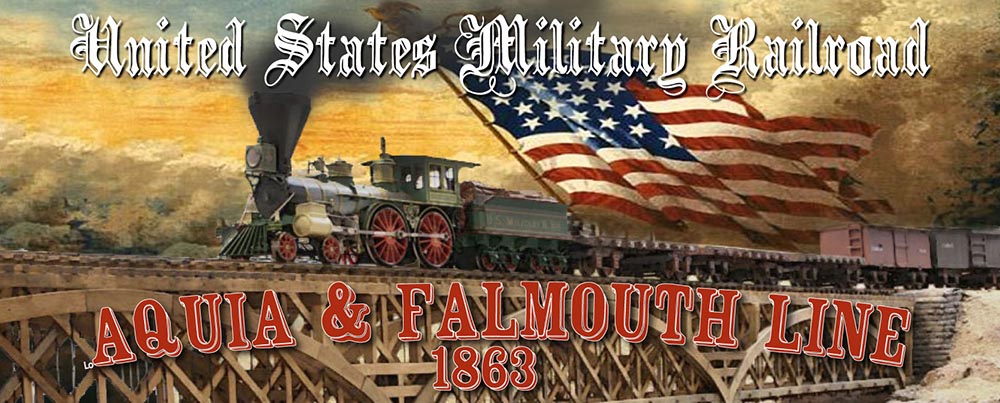It was time to hit the beach on the D-Day diorama.
The first step was to shape the surf zone and the ocean with my Rotex power sander. I tried to create a gentle slope to the beach and broad undulating wave-like shapes in the water. I also used the Rolex to shape the fascia to depict the same swells. The Rolex is very aggressive and it left some gouges in the soft foam. So, I added a skim coat of lightweight spackle to fill those.
I applied a coat of white gesso and then dark blue paint to the water area to seal it and get a feel for how it looked. I did some light sanding to get it smooth.
 |
| Using large brush to shape waves. |
Next I added the wave texture to the ocean using papier-mâché. I opted to use the papier-mâché technique as it is very forgiving. It will allow us to make corrections as needed. Plus we can cut through the papier-mâché to embed the boats and tanks to depict rocking boats and partially submerged tanks. We will add wakes from the boats using clear caulk.
I used toilet tissue and dilute white glue to create the wave texture. We had Charmin in the house so, that is what I used. It has a fine texture imprinted on the paper so it takes a little bit of effort to remove that.
I applied 4-5 layers of TP to each section. Then using a large, sharp brush, I repeatedly poked the tissue to form small ripple texture. Then I went back over the tissue with the same brush to form the larger waves. This involved using the brush to push the TP into larger crests to create waves. I also used my finger to help shape them. The long shore current at Normandy was to the east, so that is how I angled the waves. I consulted numerous photos to get the right look.
It took two full rolls of TP to form the waves.
The waves take fairly long time to dry. So, I proceeded to paint the ground area. I used a mix of pale pink latex paint, desert yellow craft acrylic paint, some water and dark brown tile grout. I thoroughly mixed this into a slurry and painted the ground area. In some places, I applied it too thick, so it cracked as it dried. I added a second thin coat to fill in those cracks. The color is still a bit pink, so we may have to adjust it with acrylic paint after it is thoroughly dried. |
| The TP/White glue need to dry thoroughly before painting. |
Much of the ground will be covered with ground foam vegetation and static grass, but the beach area will be visible.
I purchased some play sand from Home Depot. I'll use that to create the layer of shingle stones that caused so much trouble for the invading tanks.
Stand by to see how it looks when painted. Keith is planning on visiting soon to advise us on final colors.



No comments:
Post a Comment